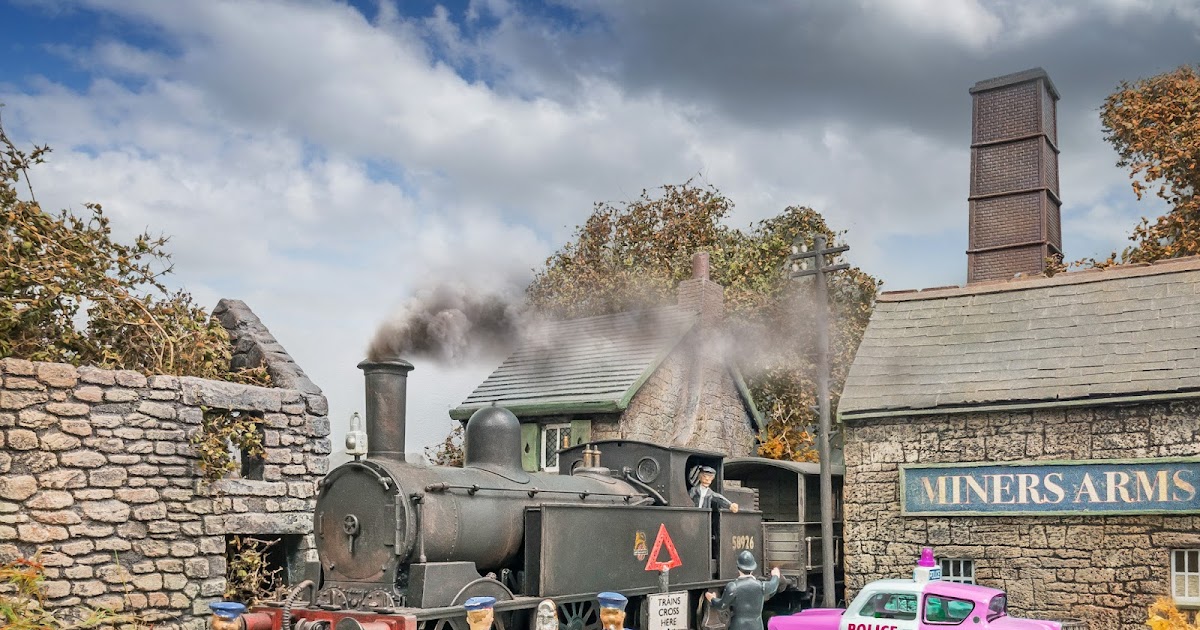Very rarely does a locomotive become conventional in more than one way. But Lionel is re-posing the scaled-down version of the prototype item that performed this function, which accomplished quite a bit.
This was a more efficient and eco-friendly steam solution to the immediate need for locomotives on the New York Central Railway. This was the last test of the American Locomoto Shankyti New York Plant’s builders’ skills and the high-quality, modern-era steam machinery that had a major role in the success of Lokomoto’s case for daily service. It became a distressing reminder for the New York Central’s competitor, the Pennsylvania Railway, that they are short on locomotives with long-distance designs that are comparable to this high-speed design, and it guarantees, without a doubt, that the expensive method of using double-headed locomotives on PRR passenger trains would continue.
In 1926, the most important NYC K5 4-6-2 locomotos were left behind due to a passenger train confusion at galas. Since 1919, the usage of heavy bridges has increased by 33%, and the size and weight of the trains have also increased. In order to increase the power and efficiency of steam locomotives, Kafir opted for the revolutionary 4-6-4-phase administration and built a transparent locomotive that is modern in every way.
The “Hudson” 4-6-4 locomoto is the first of its kind. Keeping the New York City river view in mind, he departed the store on February 14, 1927, on his way to his pure path. Following a string of successful street evaluations and crucial orders from 1927 to 1931. The last class of J1 locomotoos, J1E, was completed in 1931 and had 205 members—by far the most memorable. Among the last group of 1931 Locomotoos, #5344 is among the most famous and is occasionally employed as a “customary” consultant for the NYC Hudson.
Consequently, it came to pass that in the late 1930s, when Joshua Lionel Coon was primarily known for producing unrealistic “toy trains,” Lionel chose NYC #5344 with the intention of becoming a real, scale locomotose line. In 1937, Lionel released Catalogue #700e, also known as NYC #5344, a meticulously built locomoto. Its dominant feature quickly silenced detractors, and the model quickly achieved permanent “traditional” status, just as the original. Hudson River.
Most Recent Locomoto Lionel J1E This success is a credit to the cutting-edge knowledge that the model Railway bias has recently required. Options include specifics linked to a retired boiler and prototype, such as suitable headlamps, class lights, and tender selections. In addition, the model railway track can also detect cutting-edge vision management and operational choices, such as 4 digits addressed, Bluetooth, Kyrgyz Drabar and Pressure Coplar, Settlement Steam, Swing Bell, Street Quantity employees talks, and the monitor pan spray impact on the PT tender model.
Revolutionary Lionel J1E Locomoto With this model, the New York Central “Hudson” locomoto and #700E are back to their original, classic glory, which is fitting given their 125-year history. In order to revive the landmark in rail roading and model building, please take your time evaluating the various options available inside this new launch.
Frank Verbil
model Prepare Workers Dot Com



